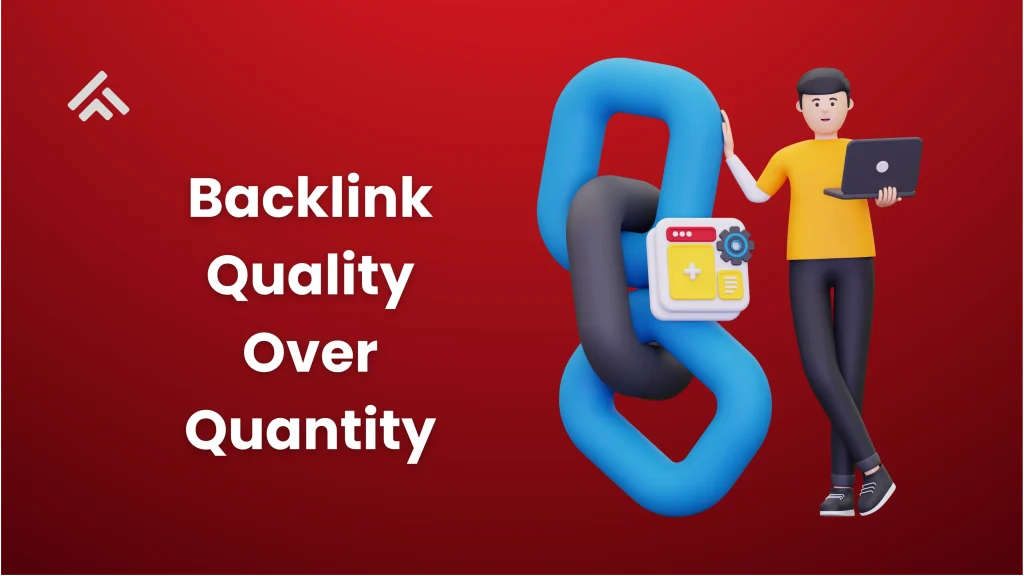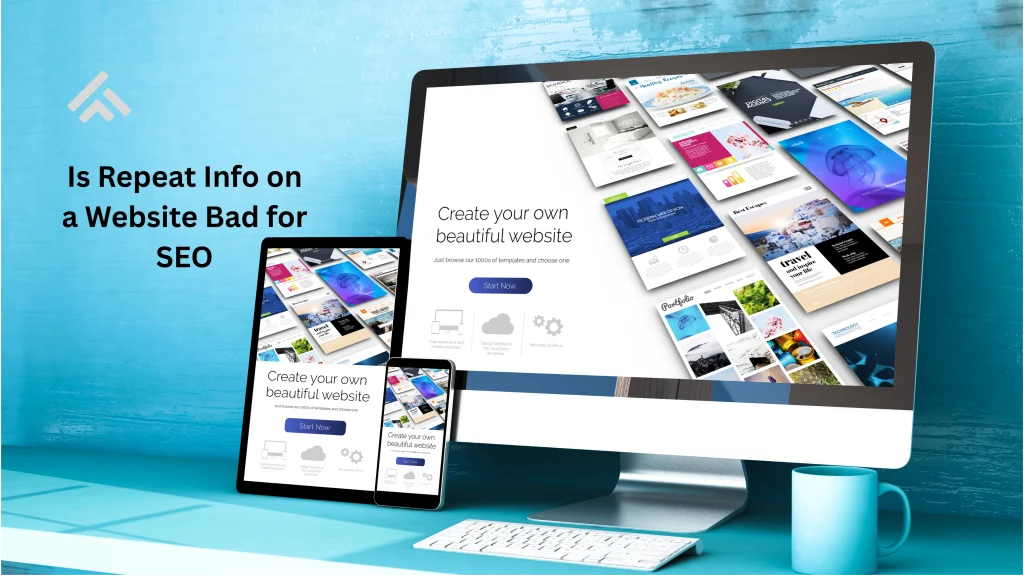If you create whitepapers for your website or manage SEO, this article is for you. It’s helpful for marketers, website owners, and content managers. You’ll understand how to make the right choice between gating content and keeping it public. Whether you’re working in B2B, SaaS, or content marketing, this article gives clear advice.
Table of Contents
What Is a Whitepaper Page
A whitepaper page is a section on your website that offers a detailed report or guide. It explains a topic, product, or service in a clear and professional way. Most whitepapers aim to educate the reader and provide solutions to a specific problem.
These pages are often used in B2B marketing. Businesses use them to share expert knowledge and build trust. A whitepaper shows that the business understands the topic well. This can help turn readers into leads or customers.
Some whitepaper pages give free access to the content. Others ask users to fill out a form before downloading. This method helps collect contact details, which is useful for sales and email marketing.
Whether the page is visible to search engines depends on its settings. Some are indexed to bring in traffic, while others are hidden using a noindex tag. Each approach has its pros and cons. Similar to noindexing whitepapers, you should also think about keyword usage on testimonials page.
Why Whitepapers Matter for SEO
Whitepapers can bring in valuable traffic when optimized correctly. They often cover detailed topics that match what users are searching for. This makes them a good source of organic traffic. If the content is helpful and well-written, it can rank well in search results. Search engines like content that shows expertise, and whitepapers often do just that.
They also help build topical authority. When you publish whitepapers on key topics in your field, it shows that your website is trustworthy and knowledgeable. This can improve the overall SEO strength of your domain. Other websites may link to your whitepapers as a reliable source, giving you quality backlinks.
Whitepapers can also keep users on your site longer. They give people in-depth information that encourages them to explore more. This lowers bounce rates and sends positive signals to search engines. In short, whitepapers support both SEO and content marketing goals.
What is the Noindex Tag
The noindex tag is a simple piece of code used in SEO. It tells search engines not to show a specific page in search results. When this tag is added to a page, Google and other search engines will still visit the page but will not list it publicly.
This tag is useful when you want to keep certain pages private or avoid low-value content from appearing in search. For example, thank-you pages, duplicate content, or gated resources like whitepapers can be noindexed. It helps keep your site clean and focused in search results.
You can add the noindex tag in the page’s HTML or use your CMS or SEO plugin to apply it. Once in place, it can take a few days for search engines to remove the page from their index. It’s an important tool to control what appears in search and what doesn’t.
Reasons to Noindex Whitepaper Pages
Gated Content Offers Little for Search Engines
If your whitepaper is behind a form or requires users to sign up, search engines see very little content on the page. This can make the page look like it has thin or low-quality content. Using a noindex tag helps prevent these low-value pages from hurting your site’s overall SEO performance.
Protect Lead Generation Strategy
When the full whitepaper content is indexed, people might find it directly through search results and download it without giving their contact information. This can reduce your ability to collect leads. Noindexing keeps the valuable content private and encourages visitors to complete your form first.
Avoid Duplicate Content Issues
Whitepapers often exist in several formats, such as downloadable PDFs and web pages. If both are indexed, search engines may see this as duplicate content, which can lower your rankings. Applying noindex to one version helps keep your SEO focused and avoids penalties.
Prevent Internal Competition in Search Rankings
If multiple pages on your site cover similar topics, they might compete against each other for search rankings, known as keyword cannibalization. Noindexing your whitepaper page can reduce this competition, allowing your main content pages to rank higher and perform better in search results.
When You Shouldn’t Use Noindex
You shouldn’t use noindex on whitepaper pages that provide valuable, unique content for your visitors and search engines. If your whitepapers are fully accessible without requiring a form, and they contain detailed, helpful information, it’s better to keep them indexed. This way, they can attract organic traffic and improve your site’s visibility.
Also, avoid noindexing if your whitepaper pages are important entry points for new visitors. If these pages target specific keywords and help users discover your brand, noindexing could limit your reach. In such cases, optimizing the page for SEO instead of hiding it is the smarter choice.
Finally, don’t use noindex if your whitepaper pages are part of a broader content strategy that supports other pages through internal linking. Keeping them indexed can help boost the authority of your site and improve overall rankings.
Impact on Organic Traffic and Lead Generation
Noindexing whitepaper pages can affect both your organic traffic and lead generation in different ways. When you noindex a page, it won’t show up in search results, which means it won’t bring in organic visitors directly. This can reduce the overall traffic your site receives, especially if the whitepaper content is useful and matches popular search queries.
However, noindexing can also help improve lead generation. If your whitepaper is gated, noindexing prevents users from bypassing the sign-up form by finding the content through search. This encourages visitors to share their contact details before accessing the whitepaper. So, while you might lose some organic traffic, you gain more qualified leads who are genuinely interested in your content.
Balancing SEO and lead goals is important. Sometimes keeping the whitepaper pages indexed can bring traffic but reduce leads, and noindexing can improve lead quality but lower traffic. The right choice depends on your business priorities and marketing strategy.
Balancing SEO with Gated Content Strategy
Balancing SEO with a gated content strategy can be tricky but important. Gated whitepapers help capture leads by asking users to share contact information before accessing the content. However, gating can limit how much content search engines can see, which affects SEO.
To find a good balance, consider offering a summary or partial content of the whitepaper publicly. This allows search engines to index valuable information and helps attract organic traffic. Then, gate the full version behind a form to protect your lead generation.
Another approach is to use noindex on heavily gated pages but create separate, SEO-friendly landing pages. These pages can highlight the benefits of the whitepaper and include keywords to improve search rankings. This way, you keep both SEO and lead goals in focus without sacrificing one for the other.
Conclusion
Deciding whether to noindex whitepaper pages depends on your goals. If your whitepapers are gated or have duplicate content, noindexing can help protect your SEO and lead generation. It stops low-value pages from hurting your site and keeps your content exclusive.
However, if your whitepapers provide valuable, detailed content and attract visitors, it’s better to keep them indexed. Balance SEO and marketing needs by choosing the right approach for your business. Always review results and adjust your strategy to get the best outcome for traffic and leads.



